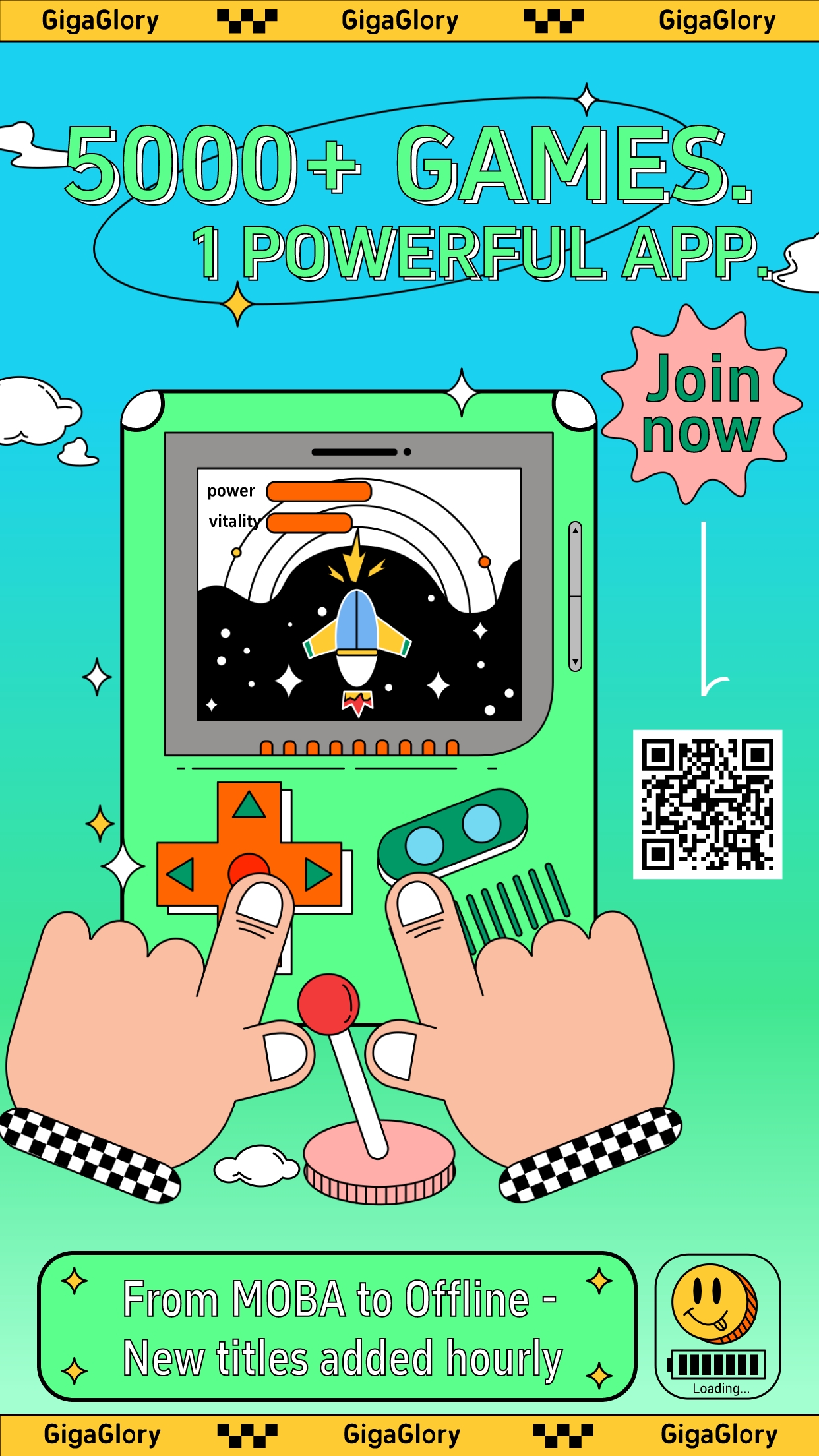Why Hyper Casual Games are Redefining the Multiplayer Gaming Experience
In recent years, the gaming landscape has shifted dramatically, with hyper casual games gaining immense popularity. But what does this mean for multiplayer gaming? Let’s delve into how these games are changing the way we experience multiplayer gaming.
The Rise of Hyper Casual Games
Hyper casual games are characterized by their simplicity and accessibility. Unlike traditional multiplayer games that often require extensive tutorials and time investments, hyper casual games allow players to jump right in. With titles like "Helix Jump" and "Paper.io", players can engage in brief, yet competitive experiences that cater to a wide audience. This genre has proven to be incredibly engaging, attracting millions of players worldwide.
Multiplayer in Hyper Casual Titles
Traditionally, multiplayer games involved elaborate setups and intricate maps, which could be daunting for new players. In contrast, hyper casual games streamline this experience. Players can compete in real-time without needing to learn complex mechanics. This ease of entry has opened doors for many who may have previously shied away from multiplayer gaming. Here are some benefits of multiplayer in hyper casual games:
- Instant Play: Jump straight into gameplay.
- Rapid Sessions: Quick matches provide instant gratification.
- Universal Appeal: Attracts players of all ages and skills.
- Social Engagement: Promotes friendly competition among friends.
Effective Use of Technology
Advancements in technology have played a significant role in the rise of hyper casual multiplayer games. The evolution of mobile devices means that anyone can play anytime, anywhere. Games like "Clash of Clans" and "Among Us", though slightly more complex, demonstrate how technology bridges gaps between casual and competitive gaming.
Comparative Insights: Best PS3 Story Mode Games vs. Hyper Casual Games
When we talk about gaming experiences, we cannot ignore the legacy of consoles like PS3. The best PS3 story mode games, such as "The Last of Us" and "Uncharted 2", provided deep narratives and immersive worlds. In contrast, hyper casual games focus more on quick, engaging gameplay without the narrative depth. The table below summarizes the differences:
| Aspect | Best PS3 Story Mode Games | Hyper Casual Games |
|---|---|---|
| Gameplay Length | 10-30 hours | 1-5 minutes |
| Narrative Depth | High | Low |
| Player Commitment | High | Minimal |
| Accessibility | Medium | High |
Minecraft Survival Game: A Case Study
For a more nuanced understanding of multiplayer gaming, let’s take a look at "Minecraft" and its survival mode. While not a hyper casual game, it combines elements of casual play with multiplayer frameworks. Players can collaborate or compete in a shared environment, which mirrors some of the engagement found in hyper casual games. The flexibility of gameplay attracts both casual gamers and dedicated fans looking for longer experiences.
The Social Factor
What makes multiplayer gaming particularly exciting is the social aspect. Hyper casual games create environments where players can connect, compete, and collaborate with friends or strangers alike. Social features, such as leaderboards or matchmaking systems, help keep players engaged and motivate them to improve their skills.
Conclusion: The Future of Multiplayer Gaming
As we witness the evolution of gaming, hyper casual games are proving to be more than just a passing trend. They are changing the way multiplayer experiences are perceived and enjoyed. The simplicity, accessibility, and social engagement they offer is appealing to a wider audience than ever before. This shift signifies an exciting future for multiplayer gaming, one in which more players can participate, connect, and enjoy.



